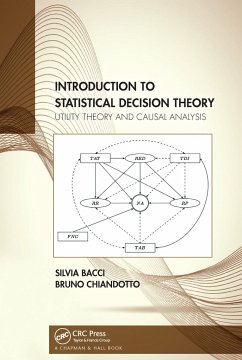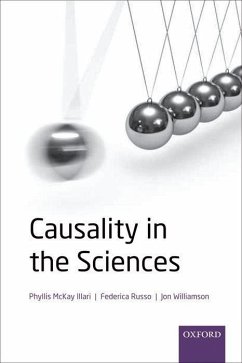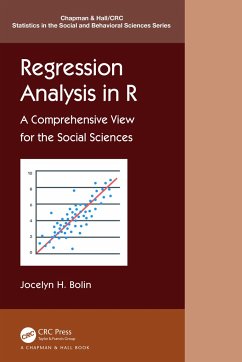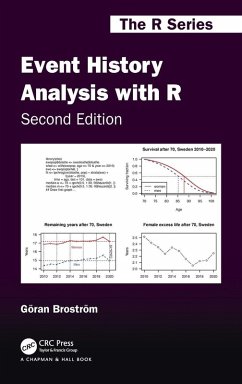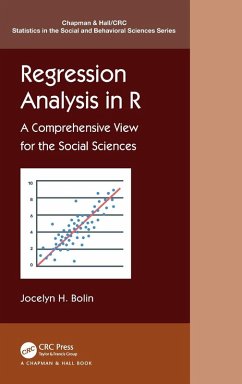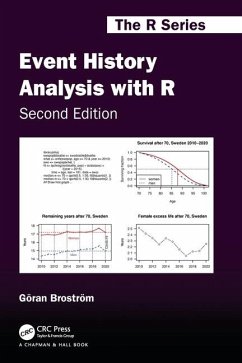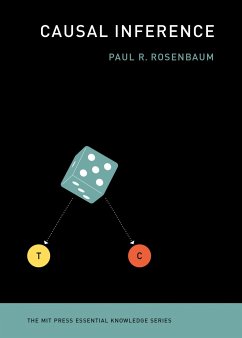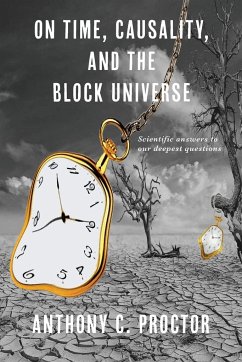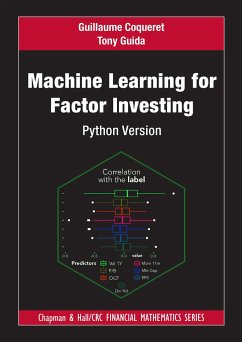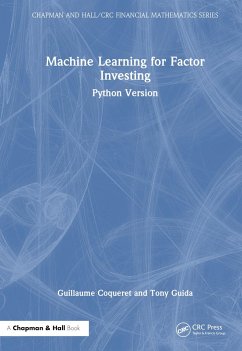
Phyllis Illari (Lecturer in Phil Lecturer in Philosophy of ScienceFederica Russo (Unive Assistant Professor in Philosophy of Science
Gebundenes Buch
CAUSALITY
PHIL THEO METTS SCI PRAC C
Versandkostenfrei!
Versandfertig in 1-2 Wochen

PAYBACK Punkte
33 °P sammeln!




Scientific and philosophical literature on causality has become highly specialised. It is hard to find suitable access points for students, young researchers, or professionals outside this domain. This book provides a guide to the complex literature, explains the scientific problems of causality and the philosophical tools needed to address them.
Phyllis Illari is Lecturer in Philosophy of Science in the Science and Technology Studies department at University College London. Before joining UCL in 2013, she finished a project on Information Quality with Luciano Floridi, and previously completed a project on Mechanisms and Causality with Jon Williamson. She is primarily research active in the philosophy of science, particularly the philosophy of causality and the philosophy of information. She is on the editorial board of the journal Philosophy and Technology, and on the committee of the British Society for the Philosophy of Science. She is the author of numerous articles in the philosophy of science and edited volumes and special issues on causality in the sciences, including Causality in the Sciences (OUP 2011) with Federica Russo and Jon Williamson. Since 2008, she and Federica Russo have been members of the Steering Committee of the 'Causality in the Sciences' conference series. Federica Russo is Assistant Professor at the University of Amsterdam and has visited the Centre for Philosophy of Natural and Social Science (London School of Economics) from April 2004 to January 2005 and the Center for Philosophy of Science (Pittsburgh) from January to April 2009. She is interested in causality and probability in the social, biomedical and policy sciences, as well as in the philosophical, legal, and social, implications of technology. Federica is part of the editorial board of the journals Philosophy and Technology and Topoi. She is the author of Causality and causal modelling in the social sciences. Measuring variations (Springer, 2009), and of numerous articles (sole or co-authored) on causality in the social, biomedical, and policy sciences. She has edited several volumes in philosophy of science and technology, including Causality in the Sciences (OUP 2011) with Phyllis Illari and Jon Williamson.
Produktdetails
- Verlag: Oxford University Press
- Seitenzahl: 326
- Erscheinungstermin: 2. Oktober 2014
- Englisch
- Abmessung: 240mm x 161mm x 22mm
- Gewicht: 604g
- ISBN-13: 9780199662678
- ISBN-10: 0199662673
- Artikelnr.: 42382758
Herstellerkennzeichnung
Libri GmbH
Europaallee 1
36244 Bad Hersfeld
gpsr@libri.de
Für dieses Produkt wurde noch keine Bewertung abgegeben. Wir würden uns sehr freuen, wenn du die erste Bewertung schreibst!
Eine Bewertung schreiben
Eine Bewertung schreiben
Andere Kunden interessierten sich für


